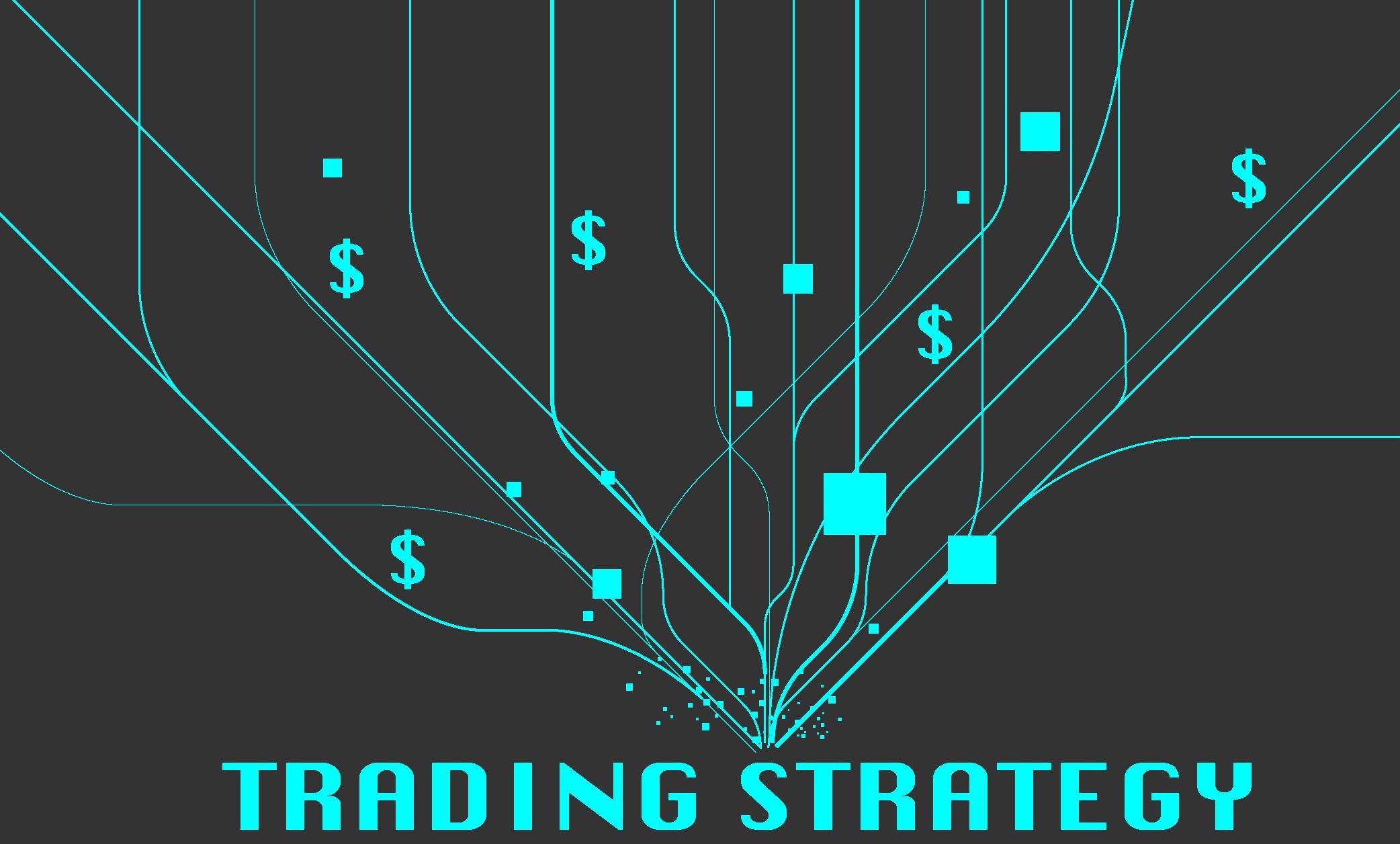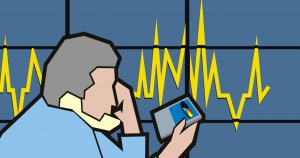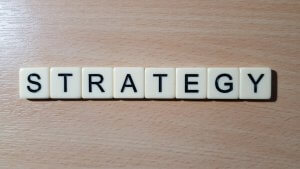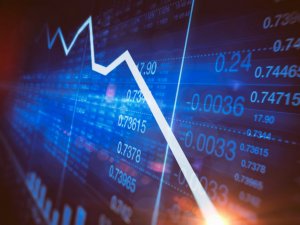One of the first things that can happen to you when you start trading forex is seeing that it is possible to earn money without having a fixed course. This will create a false feeling that trading is easy and you don’t need anything else. Then, the market will put you in your place. But of course, you’ll get pretty high for the previous gain and then the fall will be harder. Then the frustration will be such that you will want to quit trading and think that everything is manipulated and against you. Does it ring a bell?
Why is this happening? You were lucky to start and you don’t have a clear strategy that allows you to trade without those ups and downs as if you were on a roller coaster. If you spend time creating one or more strategies and adjust the risk so that market movements don’t leave you with KO, you can put the odds in your favor.
How can you create a trading strategy? It is very simple, nowadays there are many tools that allow you to create systems and automate them without learning to program. As easy as having to follow a series of steps to make sure you have everything defined and that you don’t leave anything in the air. I tell you the five steps to set up a trading strategy.
Define A Time Period
Your trading strategy needs to be well defined over time. Set when to open a position and when to close it. The exact moment in time or circumstance. In addition to the frequency. if for example will not operate on Fridays or during a strip at night. This is especially useful in some intraday strategies to limit that no trades are made during rollover, as spreads are usually higher and we pay more for each trade. Also interesting not to trade for example on Sundays at the opening or when there is volatility as when macro data is published.
If you do day trading you will look for small time frames trades with the aim of looking for intraday movements in the price, while if you do swing trading you will look for wider ranges in the price and your time horizon will be wider.
Input and Output Indicators
Indicators, as their name indicates, will act to give an input or output signal from a position. An indicator can be simple as a moving average or more complex and personalized. Really indicators with very simple rules work very well over time. For example, we can define in our trading strategy that when the opening price in an hour of EUR/USD exceeds its 20-period weighted moving average, buy and close the position when subsequently, the opening price in one hour is below this average.
The objective of an indicator is to serve as a reference, for example, to detect a trend. Indicators are not the panacea or magic, they are just markers on the way to reach our goal. You have to see it as clues so that everything develops in the best way and get an advantage, but remember that the key is to work with different systems.
Defining Risk Strategy
Defining risk in our trading strategy is not that it is important, it is that it is basic and fundamental. Your system should consider how much you will buy or sell an asset and how much is the maximum you can lose. The maximum amount you can lose can be calculated in euros or dollars or you can calculate it in % of your account. I recommend that you do it in percentage terms to avoid constantly adjusting.
Many traders start to consider how much they can lose once it’s happening, as at first, they believe it’s something that won’t even happen. Incredible but true. This puts them at risk for more money than they can actually assume. Set a maximum percentage you can lose in your trading strategy (depending on your actual risk tolerance), it will help you keep your feet on the ground.
Configuration of Parameters
Where will you place the stop loss? And the take profit or target of each operation? What will be the settings of the indicators you will use? For example, if as I said in the previous example you use a moving average. How many periods will it be? It is important that all of this is well-set, clear, and objective. This way you will have a perfectly defined trading strategy that will not make you think or doubt its execution.
Write Your Strategy
Could you explain your strategy to someone in a simple way? One thing that is often said is that your strategy should be able to enter a post it. Maybe it’s a little radical, but in essence, the shorter and simpler, the more robust and more likely it will work over time.
Writing your strategy is something that will help you understand it. Imagine if you had to tell someone to program it for you. You should be very objective and avoid statements like “much, high, little or low”. You will have to define very well how much is that much, that high, that little, or that low. That will help you not to sabotage yourself and to have the mental clarity to act accurately in reality. Whether you’re operating manually or automated.
[Extra] Keep Track of Your Operations
Many traders create a strategy and simply execute it. If it goes well they raise the amount until they can’t take any more risk, the position goes against them by little, and by going so exposed they blow the account. Others simply carry it out and if it is not profitable at first, abandon it.
Winning traders do not do this, they work with different strategies that monitor proper risk management. This means that your perception is not focused on a single strategy and that you will play everything to one card. You will have a more panoramic view, but remember that you must follow your strategies.
This point is important because it will help you establish criteria where you disconnect strategies that are not working. It’ll help you limit your losses considerably. Many traders live clinging to the idea that they need to be strong no matter what and stay true to your system. But of course, what if your strategy is no longer profitable? This is nothing new, there are trading systems that no longer have a statistical advantage in the market. That’s why working with a wallet is the smartest thing. So you can have some on the bench to replace the headlines when they flounder.
If you operate manually and you are starting to apply a system, quiet, it is good to start, but keeping control of each operation and its result can help you a lot and is basic. You can do this by connecting your account with platforms such as myfxbook, fxblue, etc.
Now you have a roadmap to follow to create your own system (without forgetting to monitor it). Remember that there are tools that make life easier for us and that can do all this for us.





